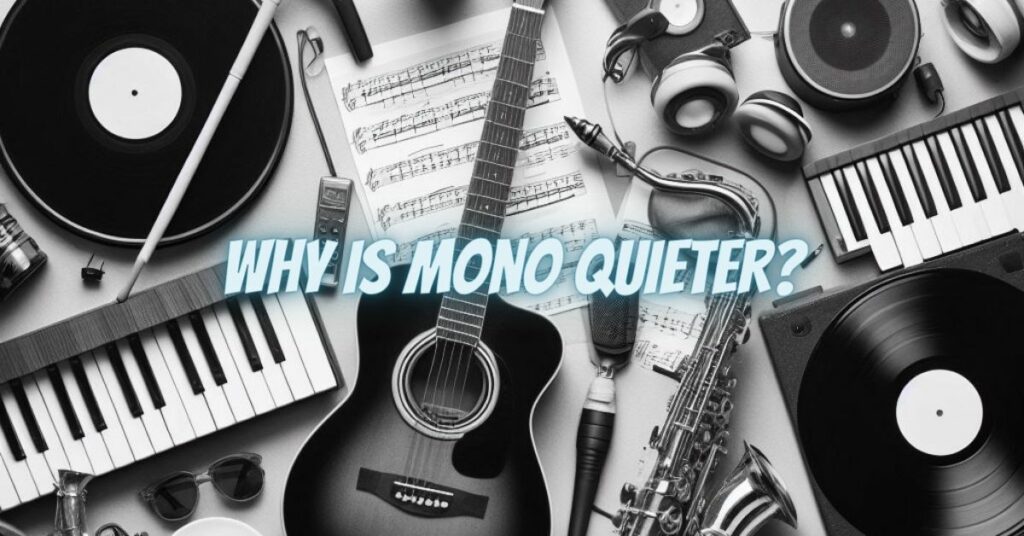Mono audio is often perceived as being quieter than its stereo counterpart, leaving many people puzzled about the reasons behind this phenomenon. In this article, we will delve into the technical and perceptual aspects of mono audio to understand why it may appear quieter and how it relates to stereo sound.
Understanding Mono Audio
Mono audio, short for monaural, is a single-channel audio format where all sound elements are mixed together and delivered through a single speaker or earpiece. It provides a straightforward, unified representation of audio, free from the complexities of stereo sound. Stereo, on the other hand, uses multiple channels to create a sense of spatial depth and directionality.
Why Mono Audio Might Seem Quieter
- Phase Cancellation: One of the primary reasons why mono audio can seem quieter is phase cancellation. In stereo sound, audio signals can be “out of phase” with each other, which means that they are slightly offset in time or polarity. When two out-of-phase audio signals combine in a mono system, they can partially or completely cancel each other out, resulting in a perceived reduction in volume. This cancellation effect is particularly noticeable in stereo recordings that utilize phase-related spatial effects.
- Stereophonic Panning: Stereo recordings are often mixed with the intent of creating a wide soundstage. Instruments and vocals are positioned across the stereo field, with some elements panned to the left and others to the right. When this stereo audio is summed to mono, some of the spatial separation is lost, and as a result, the audio may seem quieter because it lacks the distinct placement of sound in the stereo field.
- Perceptual Differences: Our ears perceive sound differently in mono and stereo. In stereo, the spatial cues and directional information contribute to a sense of loudness. In mono, where these spatial cues are absent, the audio may be perceived as quieter, even if the actual sound pressure levels are the same.
- Recording Techniques: Many modern recordings are produced with stereo sound in mind. When you play these recordings in mono, they might not translate well, and this could lead to a perceived reduction in volume due to the mixing and mastering techniques employed.
- Equipment and Playback: Some audio equipment or playback devices may handle mono audio differently than stereo. This can lead to variations in perceived loudness, especially if the equipment is not configured to sum stereo audio to mono correctly.
While mono audio may seem quieter compared to stereo, it’s essential to remember that this perception is often a result of the factors discussed above. In reality, mono audio isn’t inherently quieter; it simply presents audio in a more straightforward, unified manner without the spatial complexities of stereo. Understanding these differences can help you appreciate the unique qualities of both mono and stereo sound and choose the appropriate format based on your listening context and preferences. Whether you’re enjoying the simplicity of mono or the immersive quality of stereo, the key is to savor the music and audio content that brings you joy.


